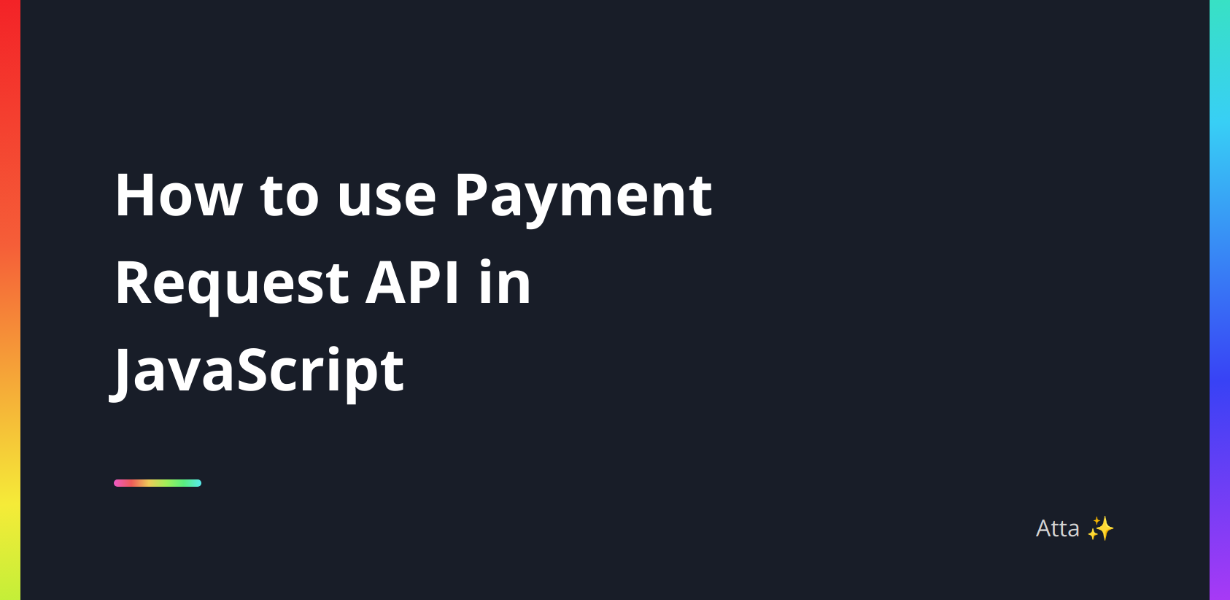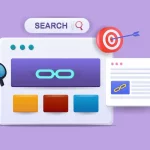
The Future of Contactless Payments: Harnessing the Power of Payment Request API
- Post
- August 8, 2023
- Payment Request API, Web APIs, Web Technologies
- 0 Comments
In a rapidly evolving digital landscape, where convenience and efficiency are paramount, the future of payment methods is taking a compelling turn. The emergence of contactless payments has revolutionized the way we conduct financial transactions. This paradigm shift is further accelerated by the implementation of the Payment Request API – a groundbreaking technology that streamlines and enhances the contactless payment experience. In this comprehensive guide, we delve into the intricacies of the Payment Request API and explore how it is poised to shape the future of transactions.
Understanding the Payment Request API
The Evolution of Payment Methods
Traditional payment methods, while effective, often involve multiple steps and interactions, leading to potential friction in the user experience. With the rise of digital commerce, there arose a need for a seamless payment process that could enhance customer satisfaction and encourage quicker conversions.
Introducing the Payment Request API
The Payment Request API, a browser-based solution, simplifies online transactions by allowing websites to directly request payment information from users’ stored cards, digital wallets, and other payment methods. This API standardizes the payment process, reducing the need for users to manually enter their details each time they make a purchase.
How Payment Request API Works
When a user initiates a payment, the website triggers the Payment Request API, which presents a payment sheet pre-filled with the user’s stored payment information. Users can review and select their preferred payment method, shipping address, and other relevant details. This information is securely passed to the payment processor, streamlining the entire checkout process.
Advantages of Embracing the Payment Request API
Enhanced User Experience
The Payment Request API offers a frictionless checkout experience, boosting user satisfaction and potentially reducing cart abandonment rates. By eliminating the need to manually input payment information, users can complete transactions swiftly and confidently.
Improved Security
Security is a paramount concern in online transactions. The Payment Request API employs various security mechanisms, including encryption and authentication, to ensure that payment details remain confidential and protected from potential threats.
Increased Conversion Rates
Simplifying the payment process can significantly impact conversion rates. The Payment Request API minimizes the steps required for users to finalize their purchases, thereby increasing the likelihood of successful transactions.
Seamless Mobile Payments
Mobile commerce is on the rise, and the Payment Request API is well-suited to cater to this trend. With its user-friendly interface and compatibility across different devices, this API facilitates seamless mobile payments, contributing to a consistent shopping experience.
Implementing the Payment Request API: Technical Aspects
Integration with Websites
Websites can integrate the Payment Request API using JavaScript. By incorporating the necessary code, developers can enable the API to interact with the payment processors and handle payment requests seamlessly.
Compatibility and Support
The Payment Request API is supported by major web browsers, including Chrome, Firefox, Safari, and Edge. This wide compatibility ensures that users across various platforms can benefit from its streamlined payment process.
Customization Options
While the Payment Request API offers a standardized interface, websites can still provide a degree of customization to align with their branding. This includes adding logos, product images, and other elements to the payment sheet.
Addressing Security Concerns
Security is of utmost importance in online transactions. The Payment Request API employs robust security measures, including the use of secure elements in devices, tokenization, and encryption, to safeguard payment information from potential breaches.
The Future Landscape of Contactless Payments
Growing Adoption and Acceptance
As users become more accustomed to contactless payments, the adoption of the Payment Request API is poised to grow rapidly. Merchants and e-commerce platforms are increasingly recognizing its value in enhancing user experience and driving conversions.
Seamless Integration with Emerging Technologies
The Payment Request API can seamlessly integrate with emerging technologies such as voice assistants and smart devices. This paves the way for a future where transactions can be initiated and completed through various digital touchpoints.
Shaping the Ecosystem of Online Payments
The Payment Request API is not just a technology; it’s a catalyst for transforming the entire ecosystem of online payments. Its user-centric approach and emphasis on convenience are likely to set new standards for how transactions are conducted.
Final Words
In a world that demands speed, convenience, and security, the Payment Request API emerges as a key player in the evolution of contactless payments. Its ability to streamline transactions, enhance user experience, and bolster security positions it as a fundamental technology that will shape the future of online commerce. As we embrace this transformative API, we’re not just simplifying payments – we’re revolutionizing the way we interact with the digital economy.
Commonly Asked Questions
Q1: Is the Payment Request API secure?
A1: Absolutely. The Payment Request API prioritizes security by utilizing encryption, tokenization, and other advanced security measures to ensure that payment information remains confidential and protected from unauthorized access.
Q2: Which browsers support the Payment Request API?
A2: The Payment Request API is supported by major web browsers, including Chrome, Firefox, Safari, and Edge. This wide compatibility ensures that users across different platforms can enjoy its benefits.
Q3: Can the Payment Request API be customized to match our brand’s identity?
A3: Yes, while the Payment Request API provides a standardized interface, websites can still add branding elements like logos and images to the payment sheet, ensuring a consistent user experience aligned with your brand.
Q4: How does the Payment Request API contribute to higher conversion rates?
A4: By simplifying the payment process and reducing the steps required for users to complete transactions, the Payment Request API can significantly improve conversion rates, leading to more successful purchases.
Q5: What’s the future potential of the Payment Request API?
A5: The future of the Payment Request API is promising. With its compatibility with emerging technologies and its ability to reshape the landscape of online payments, it’s likely to become a cornerstone of the digital commerce ecosystem.




